How to Stick to Your Goals: Six Adherence Strategies
Are habits better than discipline? Is inspiration all you need?
It’s easy to get stuck to arguments like this. Unfortunately, this kind of thinking is too granular.
Habits, discipline, and inspiration are just a few of 6 different Adherence Strategies.
If you want to master the boring fundamentals, you’ll need to know how to use at least five of these strategies.
The 6 Adherence Strategies are:
- Inspiration
- Motivation
- Intention
- Discipline
- Habit
- Passion
Together, the 6 strategies form a framework. You’ll want to learn how and when to apply each of them.
Let’s explore these strategies with Joe, a software developer trying to up his productivity game.
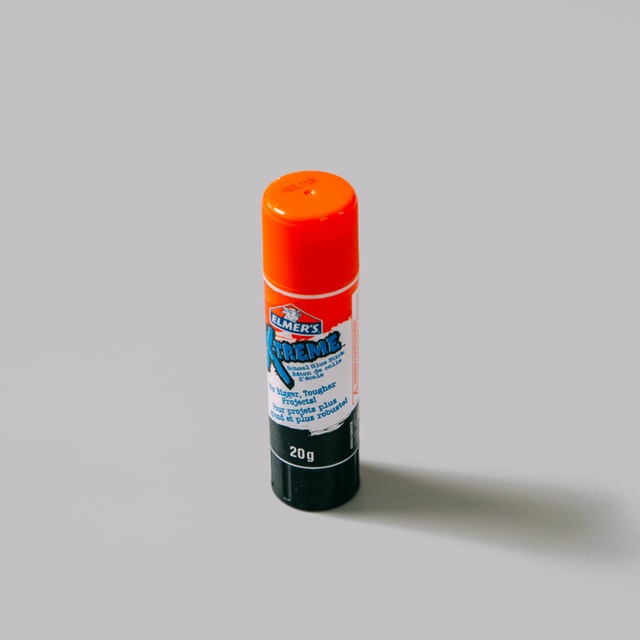
The Six Adherence Strategies, Explained
1) Inspiration - An external or internal stimulus pushes you to make a change
Joe was browsing YouTube one day and saw an exciting video on Notion Dashboards. He is inspired by the video and wants to make his own! Joe subscribed to every productivity youtuber he could find. Now Joe is excited to learn GTD!
Inspiration is necessary to get your butt out of the chair. Without it, you won’t be moved to make a change.
However, inspiration is short lived. It collapses in the face of hard work. A day or two of adherence is all you can expect from inspiration.

Inspiration
Note that negative inspiration is harmful and less effective than positive inspiration. If you’re inspired in a negative direction, consider reframing it in a positive way.
Negative Joe: I’m so bad at focusing on my code ugh I’m the worst.
Positive Joe: My coworker Jim always delivers great code on time. I want to improve my focus to be more like Jim!
2) Motivation - You’ve developed the reasons and enthusiasm to keep working towards that change.
Joe realizes he was attracted to productivity because he wants to become a better software developer. He knows that a strong productivity system will improve the quality of his code. Joe has built an inner desire to learn GTD, and will keep practicing.
Motivation waxes and wanes but is longer lived than inspiration. Strong motivation can keep us on track for a few weeks, or even a few months. Past that point, your motivations may change if not consciously re-invigorated.
If you find yourself starting project after project but not following through, you might have a motivation problem.
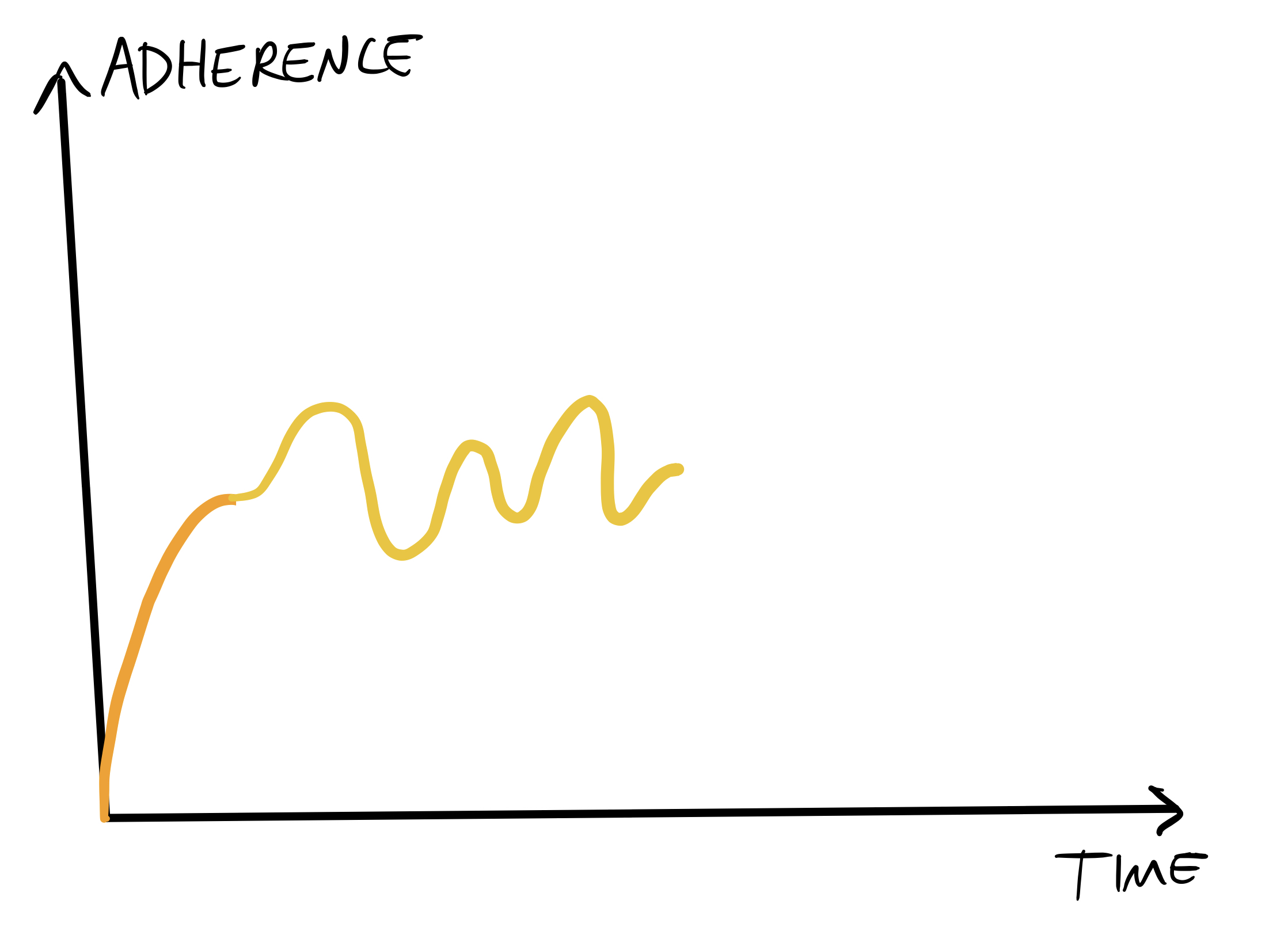
Motivation
Keep motivation up by acknowledging positive results:
- Set yourself up for small wins (I got to inbox zero today!)
- Remind yourself of your goals
3) Intention - You’ve developed a clear plan for achieving your goal.
Joe realizes the need for a clear plan. He implements one, vowing to perform a daily power-up routine, and a weekly review.
Intention sets a baseline adherence rate that you aim to hit. Without an intention, we waste our motivation by directing it towards random actions.
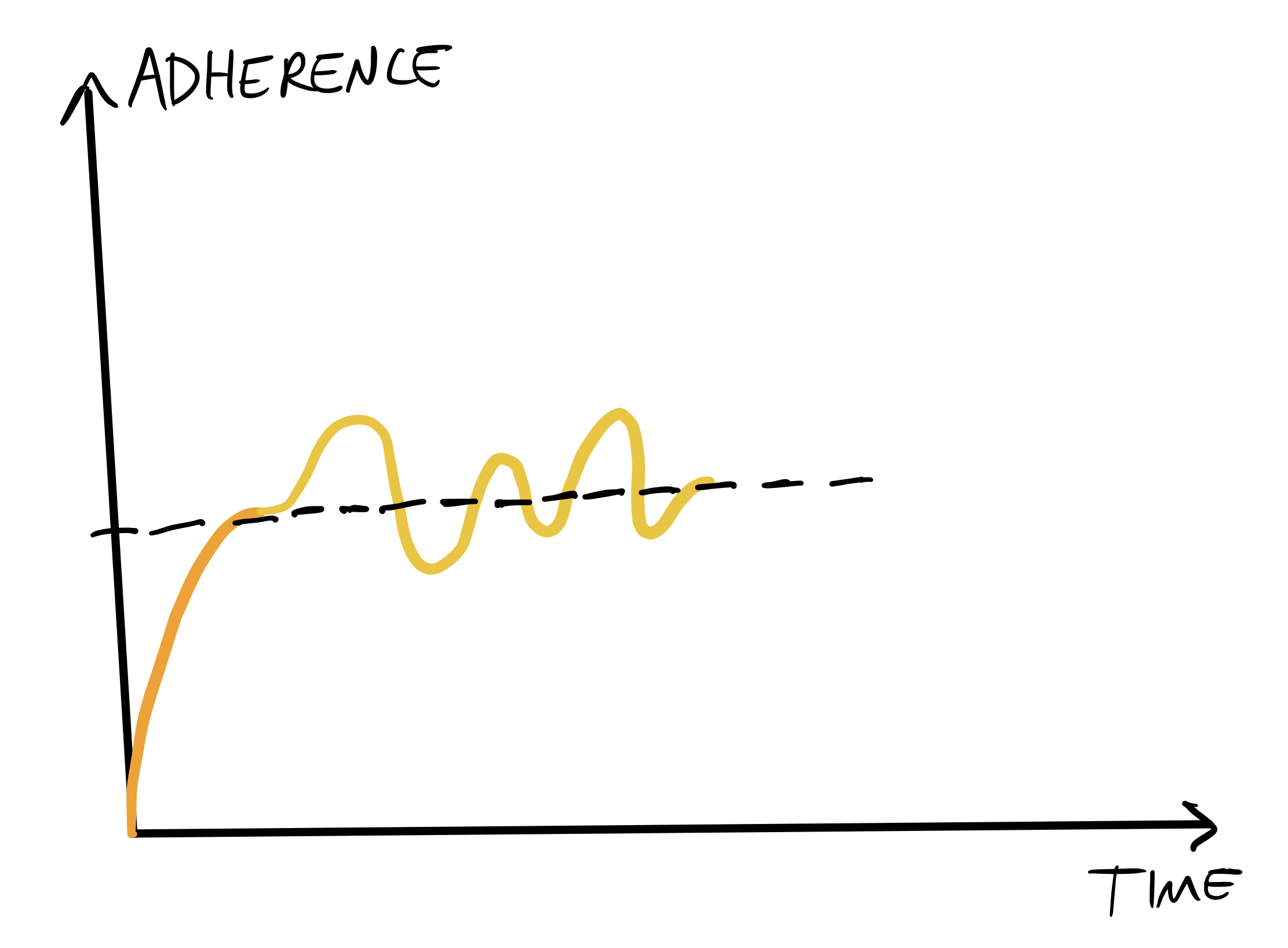
Intention
If you want a strong intention, write it down. Tell a friend, coach, or colleague about your intentions, and ask them to hold you accountable.
4) Discipline - The use of willpower to close the gap between motivation and intention.
Joe had a rough week at work, and his motivation is down. He’s not motivated enough to finish his weekly review, but he is determined to do it anyway. Joe uses discipline to meet his intention.
You can improve your capacity for discipline, but excessive use of discipline quickly leads to burnout. Aim to minimize your use of discipline.
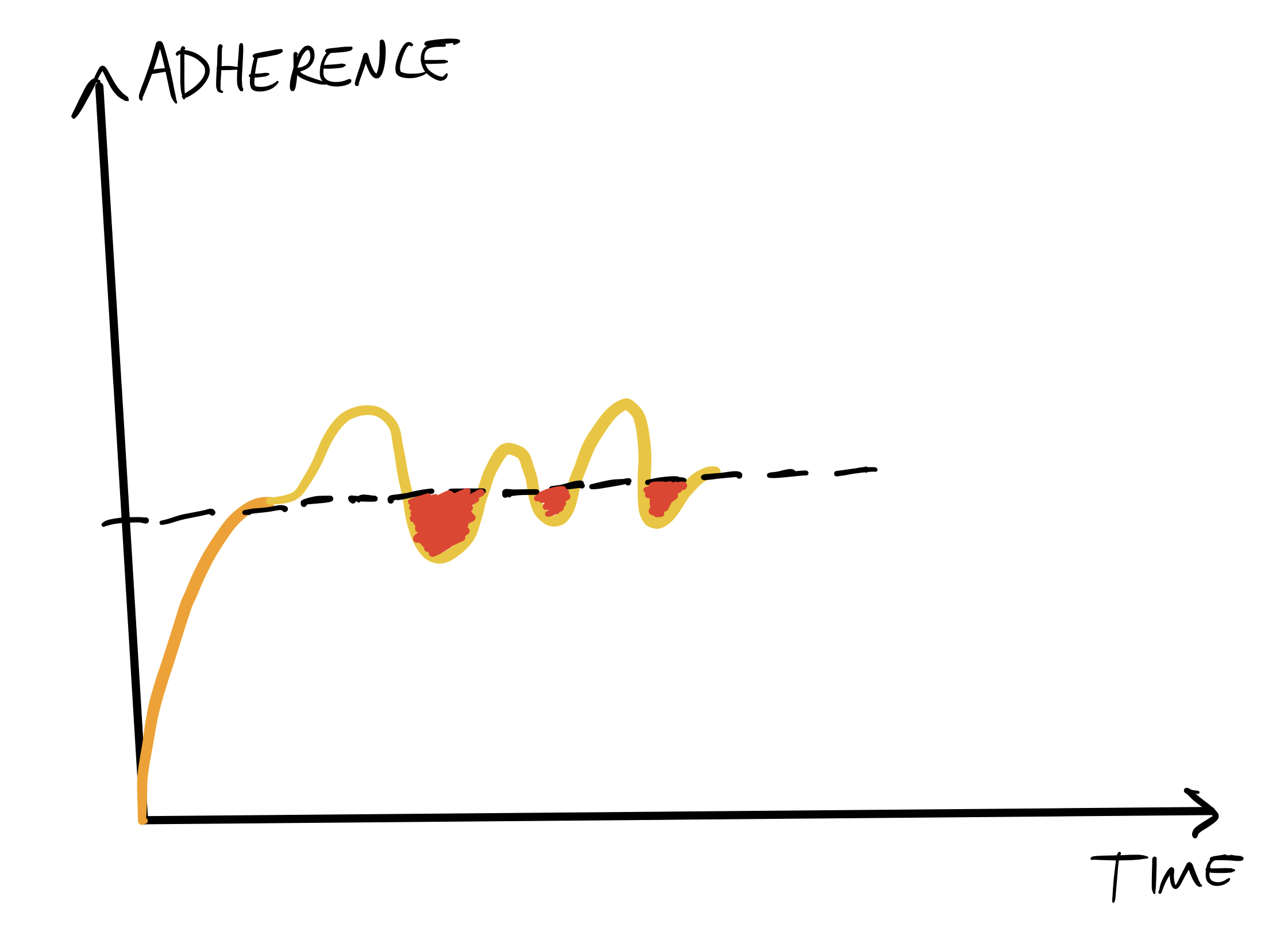
Discipline
5) Habit - Automate your behavior so that less discipline is needed.
Joe has been practicing GTD for months. His daily and weekly routines are so ingrained that it takes almost no discipline or motivation to complete them.
It takes 4 weeks or longer to develop a habit! Use strategies 1-4 before relying on habit to keep you going.
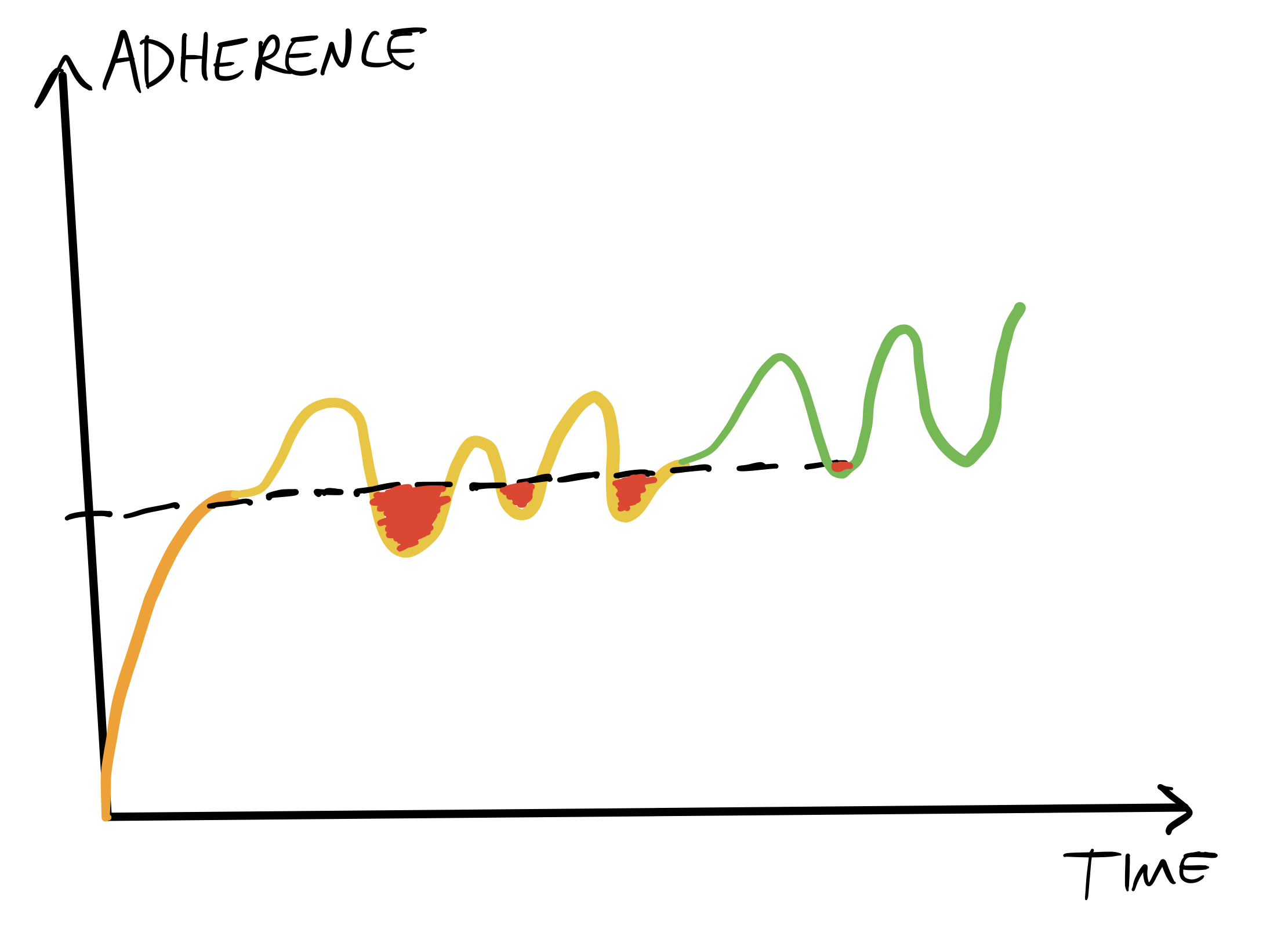
Habits
If you struggle to develop habits, see James Clear’s amazing book Atomic Habits
6) Passion - Develop a love of the process
It’s been 6 months since Joe first watched that video on Notion Dashboards. He’s realized his passion for productivity, and has even started sharing what he’s learned with others.
Habit is enough to achieve most long-term goals. But if you develop a passion, the need for strategies 1-5 starts to fade.
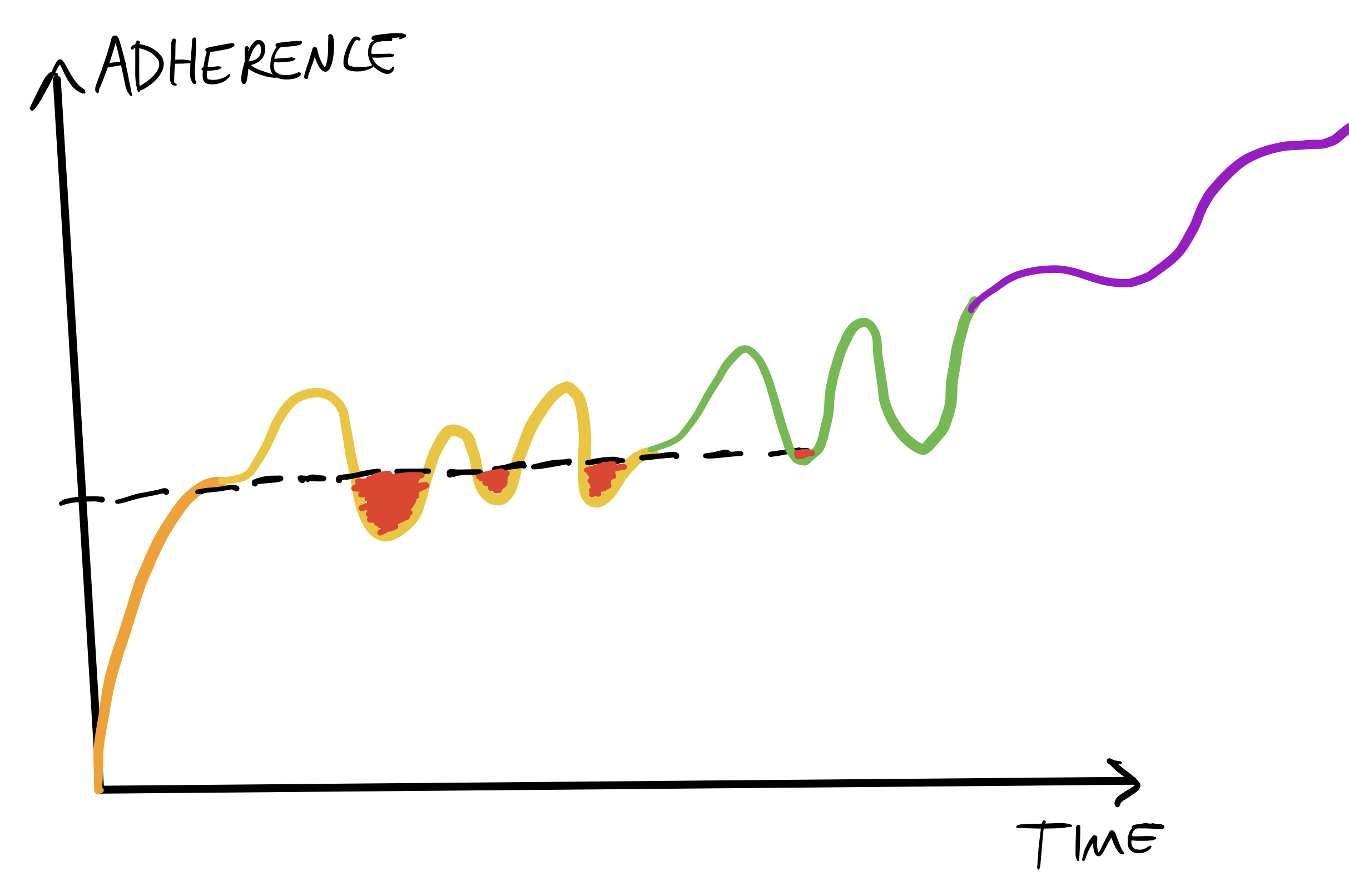
Passion
Passion takes time to develop, at least a few months if not years. Also, passion may never show up for you. This means you can’t rely on passion to show up.
It’s okay to not be passionate about everything in your life. I have zero interest in dental health, but I brush my teeth everyday anyways. Maybe productivity isn’t your thing. That’s fine.
If you develop a passion for something after going through 1-5, great. Use that passion to drive adherence.
If not, great. You’ve learned something about yourself, your strengths, and your interests.
Applying the right adherence strategy at the right time
Note how each of these strategies occurs over different time periods.
If you’re setting out to accomplish a long-term goal, think about when and how you’re going to apply each. Joe can’t expect to rely on habits after two days of practice. Likewise, if Joe is 6 months into his productivity journey and still needs a ton of discipline to get his weekly review done, he might want to examine his habit formation.
Failure Modes, and how to escape them
Think about goals that you set but didn’t accomplish. Where are your common failure points?
- If you never start anything new, figure out ways to get inspired.
- If you fizzle out after a few days, you might need to work on motivation.
- If you spin your wheels trying random plans, you should set stronger intentions.
- If you meet your intentions some days but not all, work on your discipline.
- If you complete a month-long challenge but don’t incorporate it into your lifestyle, examine your habit formation.
- If you don’t develop a passion for your long-term goal, that’s fine. Consider incorporating this knowledge into your choice of career.
Conclusion
If Joe uses all 6 of these strategies, he’s going to become a productivity master.
Can you use all 6 of these strategies?
I first found this adherence framework from Dr. Mike Israetel of Renaissance Periodization. It’s such a powerful framework that I wanted to bring it outside of the fitness industry.
Dr. Mike explains more in this video about fat loss
Want to up your productivity but don’t know where to start?
Get the Digital Productivity Coach
The DPC is an interactive coach, available 24⁄7 to give you a feasible next step to improve your productivity skills.